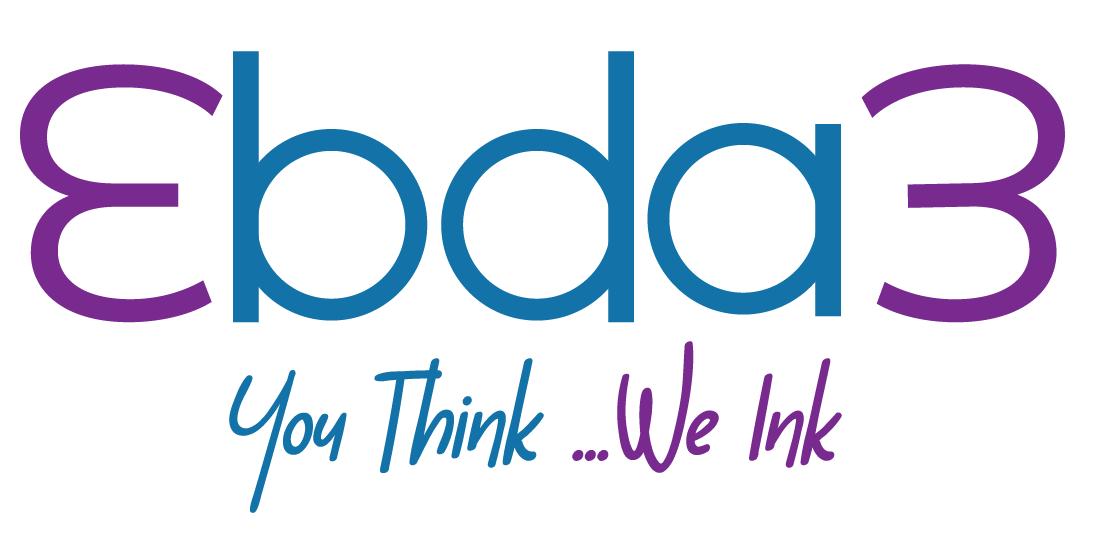9 Proven Strategies for Effective Content Localization and Translation

Introduction:
In today’s globalized world, businesses are increasingly expanding their reach to international markets. To effectively communicate with diverse audiences and break language barriers, content localization and translation have become crucial. However, simply translating content word for word may not yield the desired results. In this blog, we will explore nine proven strategies for effective content localization and translation that will help you engage and connect with your target audience across different cultures and languages.
Understand Your Target Audience:
Before you embark on any localization or translation efforts, it’s essential to have a deep understanding of your target audience. Conduct thorough research to identify their cultural nuances, preferences, and linguistic characteristics. By understanding their needs and expectations, you can tailor your content accordingly and ensure it resonates with them.
Adapt Cultural References:
Localization goes beyond language translation; it involves adapting your content to the cultural context of your target audience. Be mindful of cultural references, idioms, and humor that may not translate directly. Work with native speakers or localization experts to ensure your content retains its intended meaning while remaining culturally relevant.
Use Professional Translation Services:
While automated translation tools can be useful for quick translations, professional human translators are indispensable for accurate and nuanced content localization. They have a deep understanding of the language and cultural intricacies, allowing them to effectively convey your message while maintaining the intended tone and style.
Maintain Brand Consistency:
Consistency is key when localizing and translating content. Develop a style guide that outlines your brand’s voice, tone, and specific terminology to ensure consistency across all translated materials. This will help maintain brand recognition and credibility, regardless of the language used.
Tailor Content for Local SEO:
To maximize your reach in different regions, optimize your localized content for local search engine optimization (SEO). Conduct keyword research specific to each target market and integrate relevant keywords into your translated content. Adapting meta tags, URLs, and alt text in your localized web pages will improve visibility in local search results.
Consider User Experience (UX):
When localizing content, take into account the user experience of your target audience. Adapting layouts, graphics, and images to align with cultural preferences and usability expectations will enhance user engagement. Additionally, ensure that translated content fits appropriately within different design templates and platforms.
Localization Testing and Quality Assurance:
Before launching localized content, conduct thorough testing and quality assurance processes. Test the functionality and usability of localized websites, applications, or software to identify and rectify any linguistic, cultural, or technical issues. User feedback and testing play a crucial role in refining and improving the localized content.
Leverage Local Partnerships:
Collaborating with local partners, such as native speakers, cultural experts, or regional influencers, can significantly enhance the effectiveness of your localized content. These partnerships can provide valuable insights into the local market, facilitate seamless content adaptation, and build trust with the target audience.
Monitor and Iterate:
Content localization and translation are ongoing processes. Continuously monitor and evaluate the performance of your localized content. Collect feedback, track engagement metrics, and measure the impact of your strategies. Based on these insights, iterate and refine your approach to further optimize your content for each target market.
Conclusion:
Effective content localization and translation require a thoughtful and comprehensive approach. By following these nine proven strategies, you can create engaging and culturally relevant content that resonates with your target audience in different regions. Remember, localization is more than just translation—it’s about adapting your content to the linguistic, cultural, and contextual preferences of your global customers.
Learn more about: Content Localization and Translation





